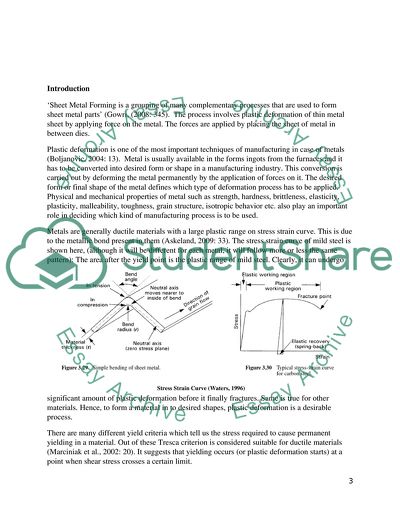Cite this document
(“Engineering Materials, Manufacturing and Electrical Machines Essay”, n.d.)
Engineering Materials, Manufacturing and Electrical Machines Essay. Retrieved from https://studentshare.org/miscellaneous/1572192-engineering-materials-manufacturing-and-electrical-machines
Engineering Materials, Manufacturing and Electrical Machines Essay. Retrieved from https://studentshare.org/miscellaneous/1572192-engineering-materials-manufacturing-and-electrical-machines
(Engineering Materials, Manufacturing and Electrical Machines Essay)
Engineering Materials, Manufacturing and Electrical Machines Essay. https://studentshare.org/miscellaneous/1572192-engineering-materials-manufacturing-and-electrical-machines.
Engineering Materials, Manufacturing and Electrical Machines Essay. https://studentshare.org/miscellaneous/1572192-engineering-materials-manufacturing-and-electrical-machines.
“Engineering Materials, Manufacturing and Electrical Machines Essay”, n.d. https://studentshare.org/miscellaneous/1572192-engineering-materials-manufacturing-and-electrical-machines.


